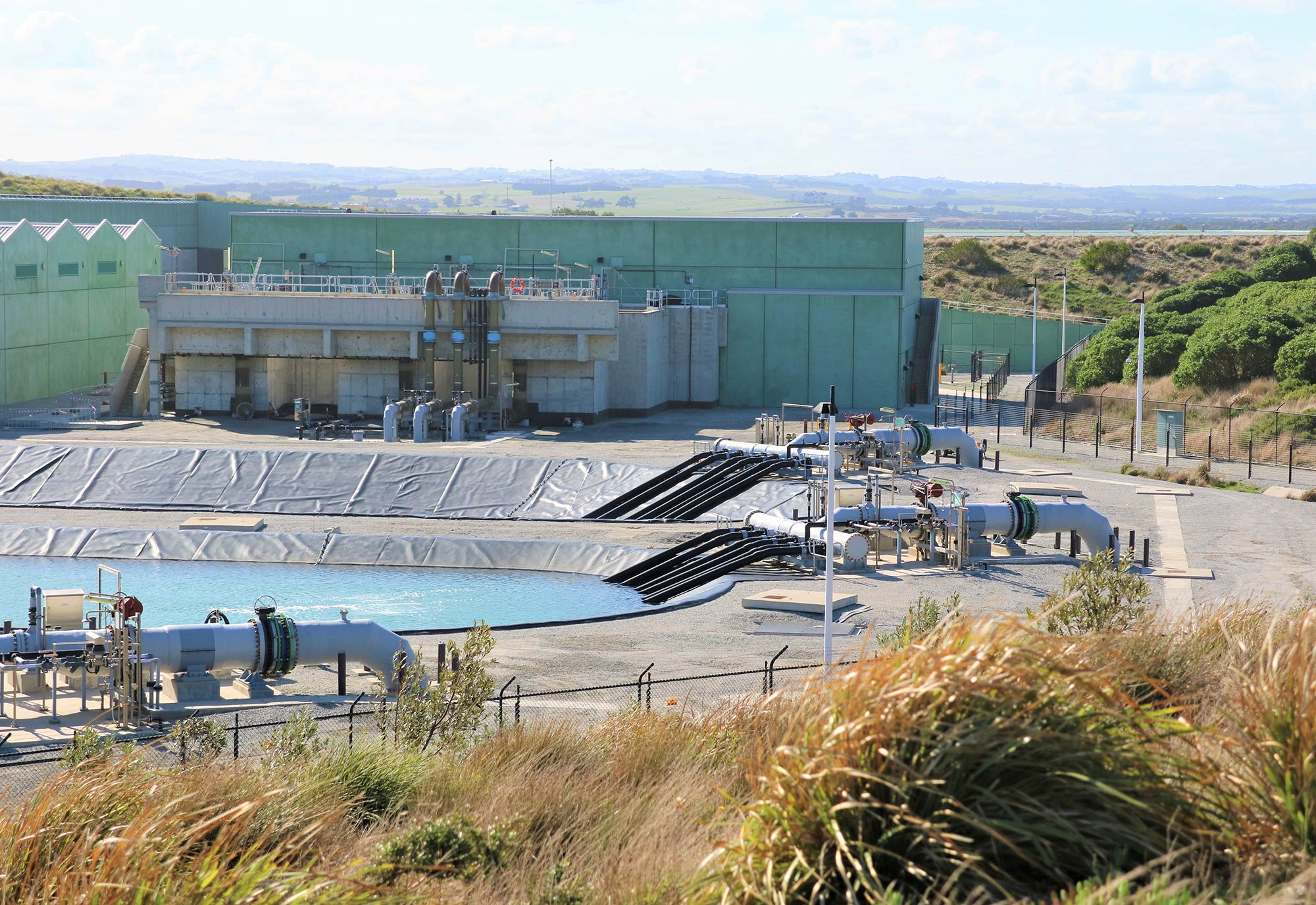
01 Dec Methodologies For Digital And ICT Planning
Know more of our DIGITAL & ICT STRATEGY capabilities.
Digital and ICT strategic planning is the process of creating a long-term vision and roadmap for an organisation’s use of digital and ICT technologies. It helps organisations to make the most of existing technology, identify gaps and future needs, and allocate resources accordingly. There are many different approaches to digital and ICT strategic planning, but all share some common elements.
The first step is to understand the organisation’s current position concerning digital and ICT. This includes understanding the capabilities of existing systems, how they are being used, and what staff and customers think about them. Once the current position has been established, the organisation can begin to develop a vision for the future.
This vision should be based on an understanding of the organisation’s business goals and objectives. It should also take into account market trends and changes in technology. Once the vision has been developed, it can be translated into a roadmap that outlines the steps needed to achieve it. Finally, resources must be allocated to ensure the roadmap can be implemented successfully.
Digital and ICT strategic planning is an important process for all organisations that want to make the most of their digital and ICT investments. By taking a proactive approach, organisations can ensure that they are always using the best possible technology to support their business goals.
What is the difference between digital and ICT planning?
Digital planning focuses on the use of technology to achieve business goals and use technology to improve efficiency and effectiveness. On the other hand, ICT planning covers the whole range of information and communications technologies that an organisation might use, from selecting the right systems to implementing them effectively.

What are the main digital and ICT planning methodologies?
Some of the main methodologies businesses implement include:
Information technology infrastructure library (ITIL)
Information technology infrastructure library (ITIL) is a set of best practices for managing IT services. It mainly covers the areas of service design, service transition, service operation, and continual service improvement to help organisations improve their efficiency and effectiveness.
The enterprise architecture framework (TEAF)
TEAF is a framework for enterprise architects that helps them develop and maintain an enterprise architecture. TEAF covers the following areas: business, information, technology, security, and governance.
Control Objectives for Information and Related Technology (COBIT)
For organisations to ensure that their IT systems are effective and efficient, they may implement COBIT – a set of best practices for IT governance. This methodology covers planning and organisation, acquisition and implementation, delivery and support, and monitoring.
ISO/IEC 27001
ISO/IEC 27001 is a standard for information security management, ensuring all information is secure at an organisation. Unlike COBIT, ISO/IEC 27001 covers risk assessment, security controls, incident management and business continuity.
PRINCE2 (Projects in Controlled Environments)
PRINCE2 is a project management methodology that can be used to manage all types of projects. With processes for initiating, planning, executing, monitoring and controlling, and closing a project, PRINCE2 provides a comprehensive and flexible approach to project management.
PMBOK (Project Management Body of Knowledge)
The Project Management Body of Knowledge is a guide that provides an overview of the project management profession. It covers best practices in the areas of project initiation, planning, execution, monitoring and control, and closure.
How do digital and ICT methodologies work in an IT management framework?
Digital and ICT methodologies should be seen as part of an organisation’s IT management framework. The ICT management framework provides the structure and processes for managing all aspects of an organisation’s information and communications technology, including governance, policies, processes, standards and tools.
The digital and ICT planning process should be aligned with the overall business strategy of the organisation and fit within the ICT management framework.

The main digital and ICT methodologies work within different parts of the framework, including IT strategies, operations, risk conformance and compliance, business strategies, change, and information and technology balance sheets. Here’s a little more about each one:
IT strategies
The main purpose of an IT strategy is to ensure that the right technology is in place to support the business goals of the organisation. Identifying and implementing the right systems will lead to improved efficiency and effectiveness. IT strategies should be aligned with the overall business strategy of the organisation.
Operations
Digital and ICT operations planning focuses on the day-to-day management of technology systems. This includes ensuring that systems are available and running smoothly and managing any changes that need to be made. Operations planning also includes disaster recovery plans, in case systems fail.
Risk conformance and compliance
Digital and ICT risk management plans help organisations to identify and mitigate risks associated with their use of technology. These risks might include aspects related to data security, system availability, and change management. Risk management plans should be updated regularly to reflect changes in the organisation’s risk profile.
Business strategies

Business strategies are high-level plans that guide an organisation’s activities. They should be aligned with the organisation’s overall mission and goals. Business strategies should be reviewed and updated regularly to ensure that they are still relevant.
Change
Digital and ICT change management plans help organisations to manage changes to their technology systems. This includes changes to hardware, software, and processes. Change management plans should be designed to minimise disruption and ensure that changes are made safely.
Information and technology balance sheet

An information and technology balance sheet is a tool that can be used to assess the value of an organisation’s digital and ICT assets. This addresses both physical assets, such as computers and servers, and intangible assets, such as data and software. The balance sheet can be used to help make decisions about which assets to keep, sell, or dispose of.
Final Thoughts
At Information Professionals Group, we offer digital and ICT strategy capabilities to transform your business for the better. Our team of experts with decades of experience can help you roadmap the right methodologies across your organization. To find out more, check out the digital and ICT strategy services offered on our website.
- Tech Your Business Podcast - 26 February 2024
- Security Market Watch Podcast - 26 February 2024
- The Business Octopus Podcast - 15 February 2024












